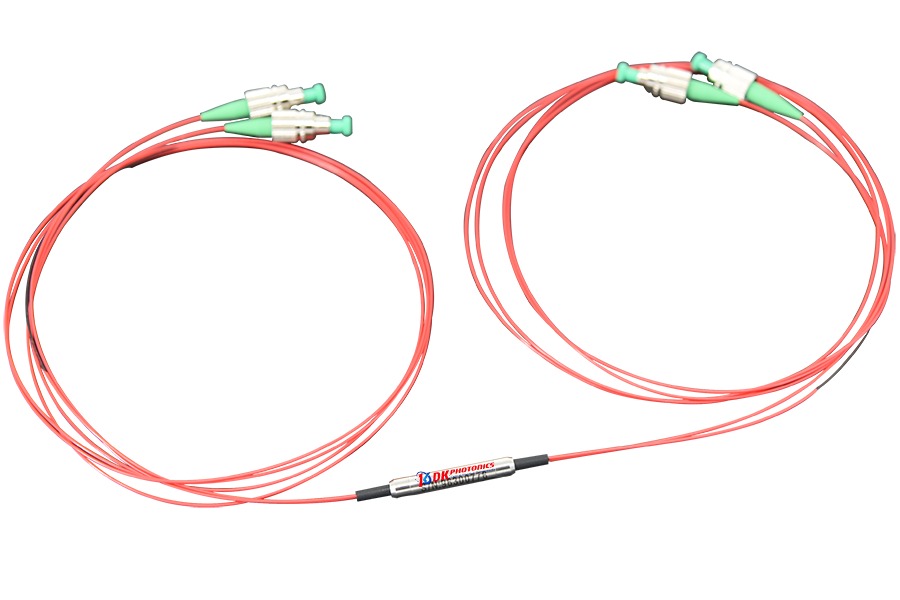In the ever-evolving world of optical communication, advanced technologies are continually emerging to meet the growing demands for faster and more reliable data transmission. One such innovation is the Polarization Maintaining Filter Coupler. This sophisticated device plays a crucial role in maintaining signal integrity, especially in systems that require the precise control of light polarization. In this blog, we’ll delve into the intricacies of Polarization Maintaining Filter Couplers, shedding light on their operation, applications, and significance.
Understanding Polarization Maintaining Filter Couplers
A Polarization Maintaining Filter Coupler is an optical component designed to selectively couple or split light based on its polarization state. It ensures that light waves maintain their polarization orientation while being transmitted, making it an essential tool in applications that require polarization preservation, such as fiber optic communications, laser systems, and polarization-sensitive sensors.
How Do Polarization Maintaining Filter Couplers Work?
Polarization Maintaining Filter Couplers operate based on the principle of polarization beam splitting. These devices utilize carefully designed waveguides to separate incident light into two orthogonal polarization components: the ordinary (O) and the extraordinary (E) polarizations. By controlling the properties of the waveguides, the coupler can selectively couple or split these two polarizations with minimal interference, preserving the polarization state throughout the transmission.
Applications of Polarization Maintaining Filter Couplers
- Fiber Optic Communications: In high-speed data transmission systems, maintaining the polarization state of light is crucial to minimize signal distortion. Polarization Maintaining Filter Couplers help ensure that signals remain coherent throughout their journey, reducing data loss and enhancing overall system performance.
- Laser Systems: Laser applications often require precise control over the polarization of light. Polarization Maintaining Filter Couplers are employed to manipulate laser beams while preserving their polarization, contributing to the accuracy and reliability of laser-based technologies.
- Polarization-Sensitive Sensors: Various scientific and industrial instruments, such as interferometers and spectrometers, rely on accurate polarization control. Polarization Maintaining Filter Couplers enable these sensors to maintain their sensitivity and precision.
Significance in Optical Systems
The significance of Polarization Maintaining Filter Couplers lies in their ability to maintain the integrity of optical signals. By preserving the polarization state of light, these devices enhance the overall performance and reliability of optical communication systems, making them indispensable in today’s data-driven world.
In Conclusion
Polarization Maintaining Filter Couplers are invaluable tools in the realm of optical communication and beyond. They enable the precise control of polarized light, ensuring that signals remain coherent and reliable in various applications. As technology continues to advance, the role of these couplers becomes increasingly critical in meeting the growing demands for faster and more efficient data transmission. So, the next time you experience high-speed internet or use a laser-based device, remember that Polarization Maintaining Filter Couplers are working behind the scenes to make it all possible.


Leave A Comment